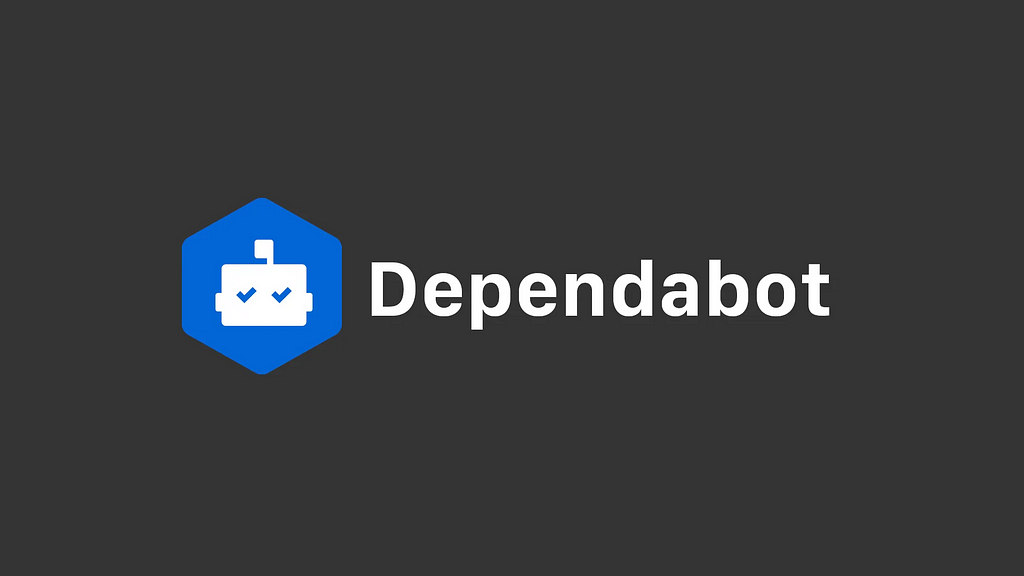
Introduction
Dependabot is a tool created by GitHub to automate the dependency management of your project. It monitors your project’s dependencies and automatically creates pull requests to update then when needed. Dependabot also highlights security vulnerabilities in your project’s dependencies, helping you to prevent potential risks in your code.
Why Use Dependabot?
Here are some key benefits of using Dependabot:
- Regular Automated Updates: Dependabot consistently reviews for vulnerable dependencies and sends pull requests (PRs) to keep them up to date.
- Enhanced Productivity: Streamlining the management of dependencies allows your team to dedicate their efforts to developing features of constantly monitoring package changes.
- Ensuring Compatibility: With Dependabots feature to test updates in a setup using pull requests (PR) you can confirm if the changes are compatible, before integrating them.
How to set up Dependabot
Follow the steps above to set up Dependabot in your project:
1. Enable Dependabot for Your Repository
To begin using Dependabot, navigate to the repository where you want to enable it:
- Go to the “Security” tab in your repository.
- In the left sidebar, click “Dependabot Alerts” or “Dependabot Security Updates” (if available).
- Enable Dependabot by clicking “Enable security updates” if it’s not already turned on.
Once enabled, Dependabot will begin monitoring your project for dependency updates and security vulnerabilities.
2. Add a Dependabot Configuration File
To customize how Dependabot operates, you can create a configuration file (dependabot.yml). This file defines which dependencies Dependabot should monitor and how often it should check for updates.
Here’s how to create the dependabot.yml file:
- In your repository, navigate to the root directory.
- Create a new folder called .github.
- Inside the .github folder, create a file named dependabot.yml.
Now, let’s configure it. Below is an example of a dependabot.yml file for a JavaScript project:
version: 2
updates:
- package-ecosystem: "npm" # Type of dependencies (npm, pip, bundler, etc.)
directory: "/" # Directory where the dependencies file is located
schedule:
interval: "daily" # Frequency of checking updates (daily, weekly, monthly)
ignore:
- dependency-name: "lodash" # Ignore specific dependencies (optional)
versions: ["4.17.15"]
Key Components:
- package-ecosystem: Specify the type of dependencies you’re using (e.g., npm, pip, gradle).
- directory: The location of your dependencies file (like package.json, requirements.txt, etc.).
- schedule: Choose Dependabot’s update check frequency (daily, weekly, or monthly).
- ignore: List any dependencies you want Dependabot to skip for updates.
3. Configure Additional Settings (Optional)
Dependabot also allows you to configure additional settings:
- Versioning Rules: You can specify versioning constraints to control which versions of a dependency should be updated.
- Security Updates Only: If you only want Dependabot to notify you of security-related updates, you can configure it to create PRs exclusively for security vulnerabilities.
For example, to restrict Dependabot to only update dependencies with security vulnerabilities, you can add the following to your configuration file:
security-updates-only: true
4. Reviewing and Merging Pull Requests
Once Dependabot detects an available update, it will automatically open a pull request. The PR will include information about the update, such as the version number and a summary of changes. You can review the changes, run your tests, and merge the PR if everything looks good.
You can also configure automatic merging for Dependabot PRs by enabling the auto-merge feature in your repository settings or through your Dependabot configuration.
5. Monitor and Manage Dependabot Activity
You can monitor all of Dependabot’s activity and updates through the GitHub Security tab. It will provide an overview of open PRs, dependency updates, and security alerts. You can also configure notifications to receive alerts directly in your GitHub dashboard.
Common Use Cases for Dependabot
- Updating npm Packages in JavaScript Projects: Dependabot regularly checks the package.json and package-lock.json files and opens PRs to keep dependencies up to date.
- Maintaining Python Dependencies: For Python projects using requirements.txt, Dependabot helps ensure your dependencies are current and secure.
- Managing Ruby Gems: Dependabot works with Gemfile and Gemfile.lock for Ruby projects to automate gem updates.
- Monitoring Dockerfiles: Dependabot can also be used to update Docker dependencies listed in Dockerfiles.
Best Practices for Using Dependabot
- Test Updates Thoroughly: Ensure that any dependency updates are thoroughly tested in your CI/CD pipeline before merging to prevent breaking changes.
- Monitor Security Alerts: Act on Dependabot’s security alerts promptly to patch vulnerabilities as soon as possible.
- Ignore Unnecessary Updates: If certain dependencies don’t require frequent updates (e.g., if they rarely change or are pinned for specific reasons), consider adding them to the ignore list to reduce noise.
Conclusion
Dependabot simplifies dependency management by automatically updating and securing your project whenever necessary. This guide’s instructions will help you configure Dependabot in your GitHub repositories for monitoring and updating dependencies, allowing you to receive automated pull requests and security notifications via Dependabot’s services to keep your project secure and efficient.
Incorporating Dependabot into your workflow is a choice to boost productivity and reduce the risk of security vulnerabilities in your codebase.